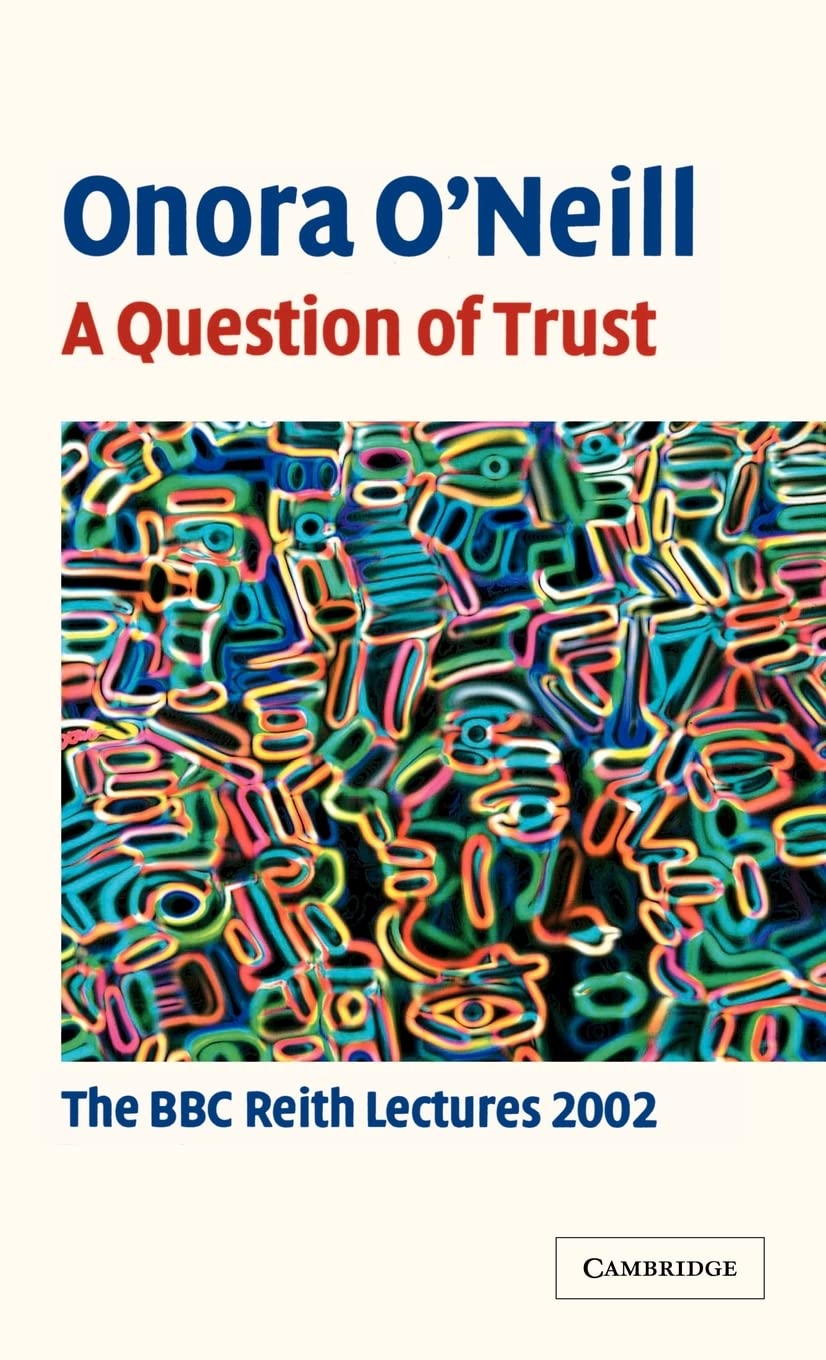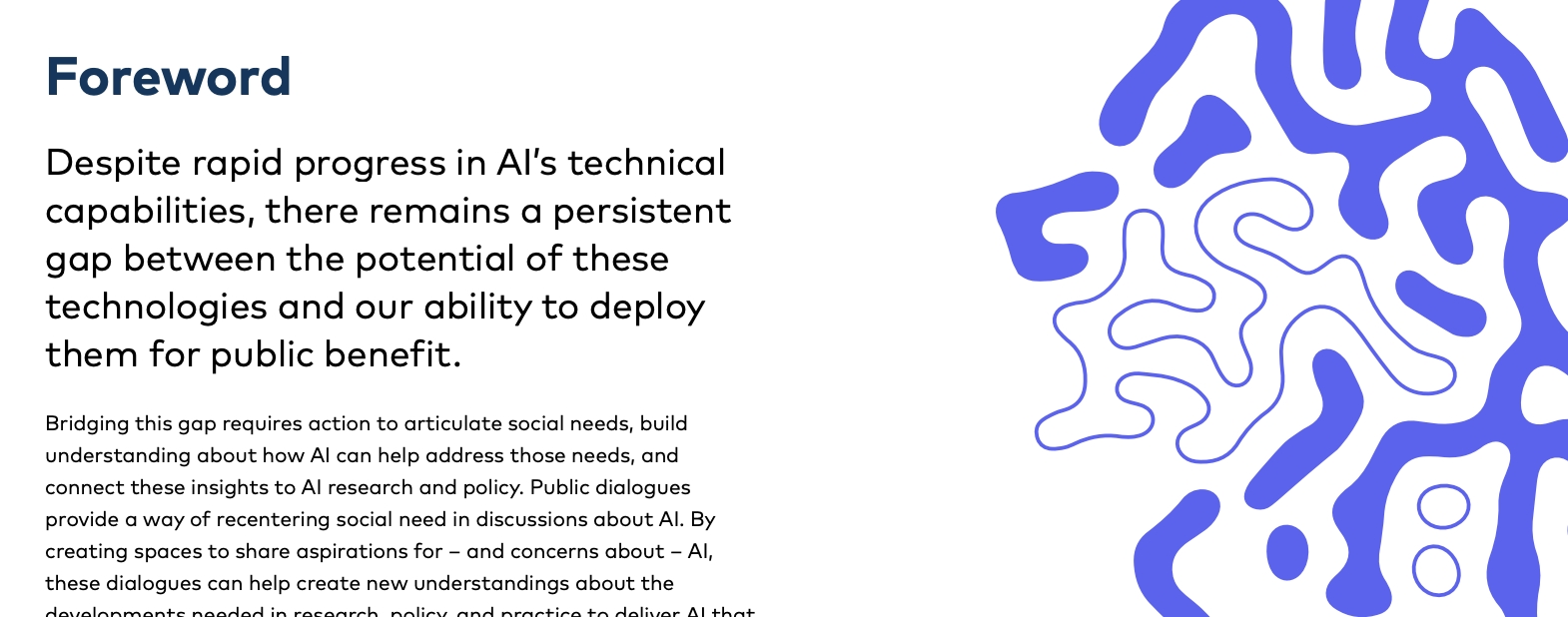The AI Value Chain: Research and Policy Priorities
Technical Advances, Emerging Risks, and Opportunities
Bennett Institute for Public Policy & OECD Conference, St. Catharine’s College, Cambridge
Introduction: The AI Value Chain and Information Flows
Artificial General Vehicle

Locked-In Intelligence: The Human Condition
- Humans have locked-in intelligence
- Limited by our physical embodiment
- Our communication abilities constrain us

The Communication Bandwidth Disparity
- Human vs. machine: disparity in communication rates
- Digital systems process information orders of magnitude faster than humans
- This disparity creates structural power imbalances
Bandwidth vs Complexity

|
|||
| bits/min | \(100 \times 10^{-9}\) | \(2,000\) | \(600 \times 10^9\) |
Changing Flows of Information
New Flow of Information
Evolved Relationship
Evolved Relationship
- UK policy responses:
- Online Safety Bill
- Digital Markets, Competition and Consumer Act
Human Analogue Machines and Information Flow
- AI systems as Human Analogue Machines (HAMs)
- From humans to HAMs to humans
- Exponentially increases power differentials
HAM
Trustworthiness, Intelligent Accountability, and the AI Value Chain
- Digital systems can’t encode
- Digital systems don’t have “intelligent accountability”
- Trustworthiness precedes trust
A Question of Trust

A Question of Trust
Again Univesities are to treat each applicant fairly on the basis of ability and promise, but they are supposed also to admit a socially more representative intake.
There’s no guarantee that the process meets the target.
Onora O’Neill A Question of Trust: Called to Account Reith Lectures 2002 O’Neill (2002)]
- Public dialogue reveals citizen priorities
- Trustworthiness requires public engagement
- Technical governance needs democratic legitimacy
Public Dialogue on AI in Public Services

- September 2024 convened public dialogues.
- Perspectives on AI in priority policy agendas.
“I think a lot of the ideas need to be about AI being like a co-pilot to someone. I think it has to be that. So not taking the human away.”
Public Participant, Liverpool pg 15 ai@cam and Hopkins Van Mil (2024)
Innovation Models: From Productivity to Attention
The Traditional Productivity Flywheel
- Traditional innovation focused on productivity gains
- Clear connection between macro interventions and micro incentives
- Created broadly shared prosperity in 20th century
Productivity Flywheel
New Productivity Paradox
- Current productivity flywheel relies on measurement to translate innovation into productivity.
- Without measurement how does the wheel spin?
The Attention Reinvestment Cycle
- Productivity cycle relies on financial signals
- Disconnection between macro interventions and micro incentives
- Leads to different power dynamics and distribution of benefits
The Attention Reinvestment Cycle
- AI creates time savings for professionals
- Freed attention reinvested in knowledge sharing
- Organic growth through professional networks
Benefits of Organic Growth
- Solutions spread through peer-to-peer learning
- Frontline workers become technology champions
- Sustainable, scalable implementation
Attention Reinvestment Cycle
Policy Implications for the AI Value Chain
- Data flows and governance as central policy concerns
- Need for new institutional models to address power imbalances
- Focus on bridging macro interventions to micro incentives
Supply Chain of Ideas
- Ideas flow from creation to application like physical supply chains
- Parallels with traditional economic supply chain management
- Particularly relevant for IT and AI solutions
Supply Chain of Ideas
- Current imbalance between supply and demand sides
- Mismatch between macroeconomic interventions and microeconomic need
- Over-Focus on solutionism
- technologies/companies
- Under-focus on real-world needs … disconnect between government and citizens … disconnect between companies and customers
Supply Chain of Ideas
- Need to map idea problems demand to idea supply
- Need to understand … problems (demand) … current “stock” of solutions (supply)
- Requires active management of idea resources
- Shape supply to meet demand
Research and Policy Priorities
- How to connect macro policy to micro incentives
- Institutional innovations for data governance
- Methods for effective public participation in AI governance
Conclusion: Serving People, Science and Society
- AI value chain creates new power dynamics and challenges
- Need to bridge between macro policy and micro incentives
- Public engagement is essential for legitimate governance
Thanks!
- book: The Atomic Human
- twitter: @lawrennd
- The Atomic Human pages Bauby, Jean Dominique 9–11, 18, 90, 99-101, 133, 186, 212–218, 234, 240, 251–257, 318, 368–369 , Human evolution rates 98-99, Psychological representation of Ecologies 323-327, human-analogue machine (HAMs) 343-347, 359-359, 365-368, O’Neill, Baroness Onora: ‘A question of trust’ lecture series (2002) 352, 363.
- newspaper: Guardian Profile Page
- blog: http://inverseprobability.com
References
ai@cam, Hopkins Van Mil, 2024. AI
and the Missions for Government: Insights from
a public dialogue. University of Cambridge.
O’Neill, O., 2002. A question of trust. Cambridge University Press.
Scally, A., 2016. Mutation rates and the evolution of germline
structure. Philosophical Transactions of the Royal Society B 371. https://doi.org/10.1098/rstb.2015.0137